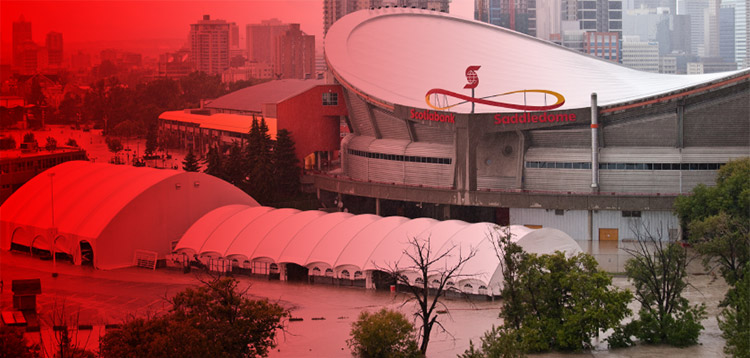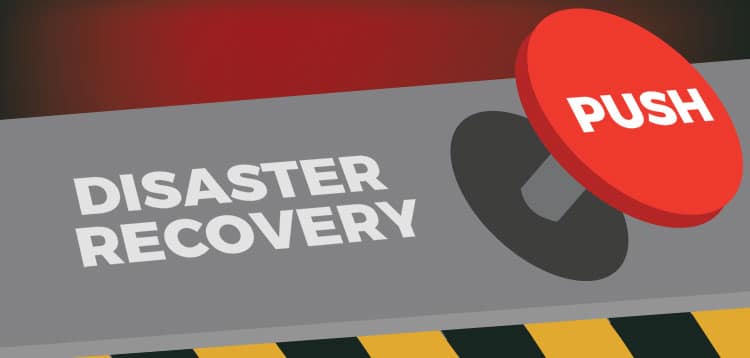- OUR APPROACH
-
COMMITTED TO YOUR SUCCESS
Our approach, developed over decades of experience, is fine-tuned to get the results you want.
We deliver concept-to-completion solutions, designed by temporary power specialists with access to the largest inventory of high-quality power generation and distribution equipment in North America.
-
- Equipment
-
RENTALS
From a wide range of diesel and natural gas generators to transformers, cable, light towers and more, our large rental fleet and extensive vendor network ensure we’ll have the temporary power equipment that your project requires — every time.

-
- Industries
-
INDUSTRIES WE SERVE
For nearly 20 years, we have been at work powering projects across Canada’s industrial sectors.
Select from this sampling of industries to learn how we can put our expertise to work for you.
VIEW ALL- Projects
- About
-
A PROUD HISTORY. A BRIGHT FUTURE.
From our inception in 1998, we have been building our team on a foundation of excellence. Our team members’ passion, expertise and commitment are what have allowed us to grow into a national company with projects across Canada.
Click on the links to learn more about our history, our team or our career opportunities.
- Blog
- Contact
-
It’s 2am on a Saturday and all is calm. There’s a storm raging outside but everything on site is running smoothly. Then, disaster hits. Wind takes out the utility power and leaves the site in the dark. Key equipment stops running; inventory begins to spoil; production grinds to a halt or safety is compromised. Finding another source of power as soon as possible is imperative.
When an outage strikes, every minute counts. So when customers call us, our response is fast and organized — like an effective military campaign. Nick Foster, a temporary power specialist at Trinity Power, knows exactly what it takes to get power to a site — fast. This is how Trinity responds, minute-by-minute, when the power goes out.
0-2 Minutes Out: First Contact
Trinity’s temporary power specialists are always on call. When a customer calls after hours, an operator will answer, and take down a name and phone number in case the call gets disconnected. Then, Foster explains, “They’ll go through a list and call every project manager, every sales person, and then it goes down to general manager and CEO.” But usually, the first person on the list picks up. Before two minutes is up, the customer will be speaking with an expert who can design the right solution at lightning speed.
2-8 Minutes Out: Assessing the Situation
Over a five or six minute conversation, the Trinity expert will gather all the details they need to build a solution: how much power the client requires, whether it’s a single piece of equipment that has broken down, or the whole building that needs power. “Then we work with them to size that generator appropriately,” says Foster. “And we try to figure out how close that generator can get to a possible tie-in point, usually an electrical room.”
8-20 Minutes Out: Designing a Battle Strategy
Trinity’s specialists are never far from their laptops which are connected, real time, to Trinity’s inventory list. “We can just fire up the laptop, access our server and then we check inventory — make sure everything’s available,” explains Foster. After that, it’s back to the phone to call up trusted suppliers and contractors and find out who and what is available. “We have direct contacts and we usually know what people have in their yards at any given time,” says Foster. “So we’ll call that person with the best generator option for the job first and then work from there.”
This process goes more quickly the more comfortable a customer is signing off on rough quotes. “Usually the longest lead times are customers’ indecision,” says Foster. And if Trinity is calling the customer back with official quotes on every piece of equipment, that will add to the amount of time it takes to lay out a strategy. “It’s all about the customer’s comfort level,” says Foster. “Most people can tell whereabouts that cost in going to be, just to give someone an idea, and if they’re comfortable with that, then we can move forward quickly.”
20-60 minutes out: Preparing for Battle
Once the equipment has been sourced, technicians come in to inspect it and get it ready to be shipped to the site. The generator technicians will inspect the generator at the supplier’s yard, and Trinity’s technicians will come in to work with the distribution equipment. “Our technicians would come in for prepping cable, prepping distribution panels, transformers, on the electrical distribution side,” says Foster.
60-120 minutes out: Bringing in the Cavalry
Once the equipment is ready, it is shipped to site. This is where being organized can save precious minutes. “A lot of the time the cable takes the longest to install, but it’s the quickest to get to site,” says Foster. “As long as the customer is ok with it, we’ll actually ship that cable directly to site, to allow the installers to get a head start.”
Foster explains that he likes to have installers (usually an electrical contractor conscripted by Trinity) arrive 15 to 30 minutes before the equipment, so that they have time to plan out the best way to proceed.
Finally, the generator will arrive, sometimes along with a fuel truck to top it up. “Some generator rentals, usually 500kW and above, ship with about 20% of the fuel,” explains Foster. “So you bring in the fuel truck to top it off.” This truck will return 12 hours later to refuel the generator and measure how much fuel it has already used. “Most generators will last anywhere from 22 to 24 hours. So we’ll have that fuel truck come back in 12 hours, fill the generator up and see how much fuel the client actually used. That way we can start fueling on a schedule.”
This entire process usually takes between an hour and a half to two hours from first contact.
120-180 Minutes out: Storming the Hill
If everything is set up properly and no unexpected changes pop up to cause a delay, installing the equipment is a quick and painless process. “Usually we allow an hour or so — really, at the most — for install,” says Foster. “And then we reenergize the building.”
All told, an emergency temporary power victory usually takes between 2.5 to 3 hours to design, build and implement. Making things happen this quickly comes down to knowing the inventory, having the right contacts, and understanding temporary power.
When disaster strikes, Trinity is a finely-tuned machine, attacking the challenge with expertise and good planning.
Or, if you prefer a different metaphor, Foster has one for you: “It’s just an orchestrated dance, really.”
Note: This timeline represents a typical response to an emergency outage. Factors such as needing unusual pieces of equipment, or unforeseen changes can extend the timeline, just as having an emergency plan already in place with Trinity can shorten it.
Related Articles
Subscribe for access to exclusive content
"*" indicates required fields



















